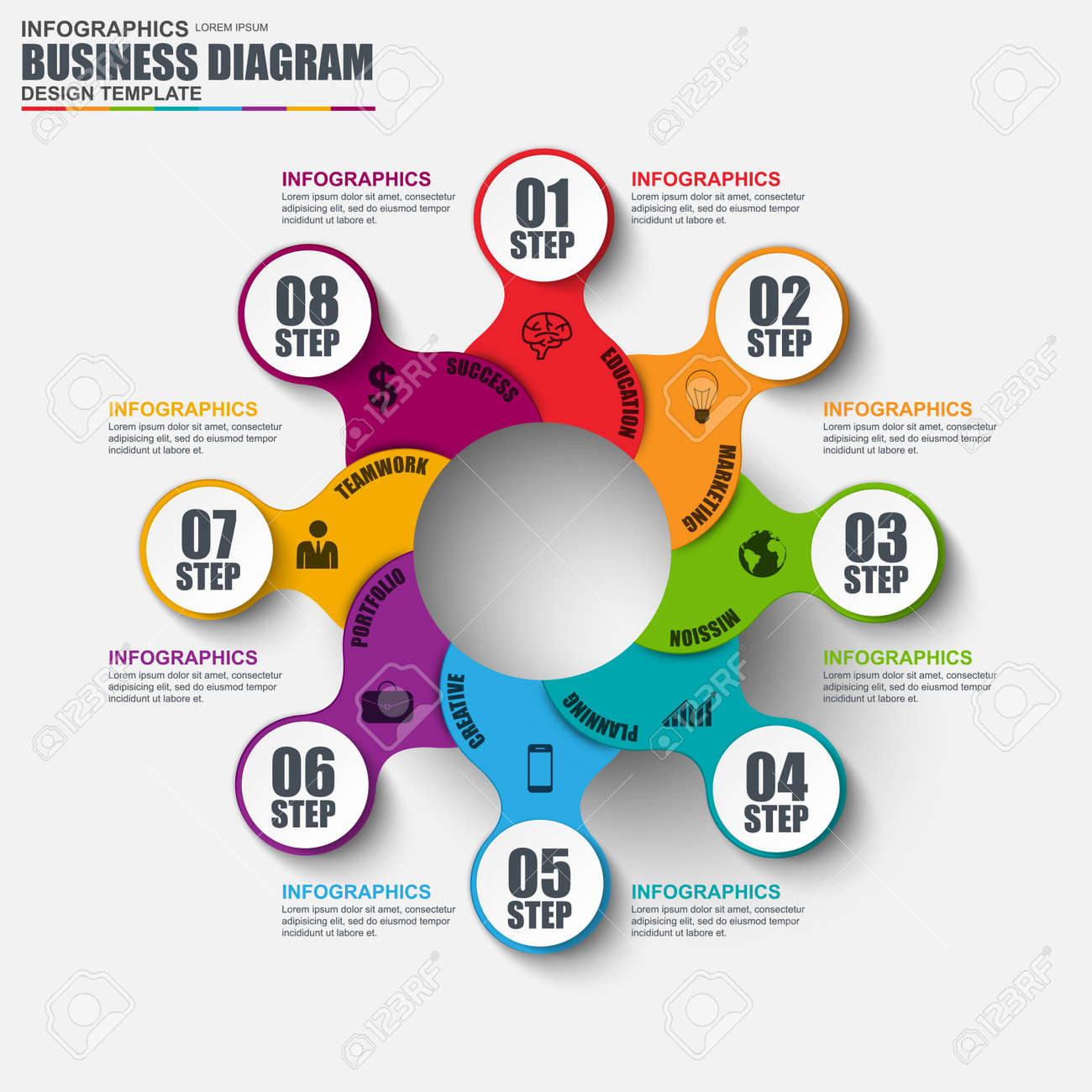The Evolution Of Internet Site Design: From Past To Present
The Evolution Of Internet Site Design: From Past To Present
Blog Article
Short Article By-Kahn Hyldgaard
In the past, internet sites were easy and concentrated on info. Navigating was straight, and style was for desktop computers. Currently, customer experience is key. Data guides designs for easy navigation. simply click the up coming article match different devices. Today, dark mode reduces stress, and minimalist food selections enhance navigation. Interactive features engage individuals, and vibrant visuals stand out. AI combination increases engagement. See exactly how style has actually developed to boost your on-line trip.
Very Early Days of Web Design
In the very early days of web design, simpleness preponderated. Websites were standard, with restricted colors, typefaces, and formats. The focus was on supplying info as opposed to showy visuals. Customers accessed the net via sluggish dial-up links, so rate and functionality were key.
Navigating food selections were straightforward, normally located on top or side of the page. Web sites were created for home computer, as mobile surfing had not been yet prevalent. Material was king, and designers prioritized simple readability over complicated layout elements.
HTML was the main coding language used, and developers had to work within its restrictions. Animations and interactive features were minimal compared to today's standards. Internet sites were fixed, with little dynamic material or personalized individual experiences.
Increase of User-Focused Design
With the advancement of website design, a shift in the direction of user-focused design concepts has actually come to be progressively noticeable. Today, producing websites that focus on user experience is important for engaging site visitors and attaining service objectives. User-focused style entails comprehending the demands, choices, and behaviors of your target market to customize the web site's design, content, and includes accordingly.
Designers currently perform complete research study, such as user surveys and use screening, to gather insights and feedback directly from customers. This data-driven strategy aids in creating user-friendly navigation, clear calls-to-action, and visually appealing interfaces that reverberate with visitors. By positioning the customer at the facility of the layout procedure, sites can deliver an extra tailored and delightful experience.
Receptive style has actually additionally become a vital aspect of user-focused style, guaranteeing that web sites are maximized for various tools and screen sizes. This flexibility enhances accessibility and functionality, satisfying the diverse methods individuals communicate with web sites today. Fundamentally, the surge of user-focused layout represents a change towards producing electronic experiences that focus on the needs and assumptions of completion user.
Modern Trends in Web Design
Check out the most up to date fads shaping web design today. One noticeable pattern is dark mode layout, offering a streamlined and modern look while lowering eye strain in low-light atmospheres. One more key trend is minimalist navigating, simplifying food selections and boosting user experience by focusing on essential elements. Including micro-interactions, such as computer animated switches or scrolling results, can produce an extra interesting and interactive web site. Receptive design remains critical, ensuring seamless individual experiences throughout numerous tools. Furthermore, making use of strong typography and asymmetrical formats can include aesthetic passion and draw attention to specific content.
Integrating AI modern technology, like chatbots for customer support or individualized suggestions, boosts customer involvement and simplifies procedures. Ease of access has likewise end up being a significant pattern, with designers focusing on comprehensive design methods to cater to diverse individual needs. Embracing sustainability by maximizing web site performance for speed and efficiency is one more arising fad in website design. Working together with customer comments and data analytics to iterate and improve design continually is important for staying appropriate in the ever-evolving electronic landscape. By accepting these modern trends, you can develop an aesthetically attractive, easy to use website that reverberates with your target market.
Conclusion
As you review the advancement of internet site design from the early days to currently, you can see just how user-focused layout has actually ended up being the driving pressure behind modern-day fads.
Accept the trip of adjustment and adjustment in web design, always maintaining the individual experience at the leading edge.
Stay current with the most recent fads and modern technologies, and never stop developing your method to develop visually stunning and straightforward internet sites.
Advance, adapt, and create - the future of website design remains in your hands.
